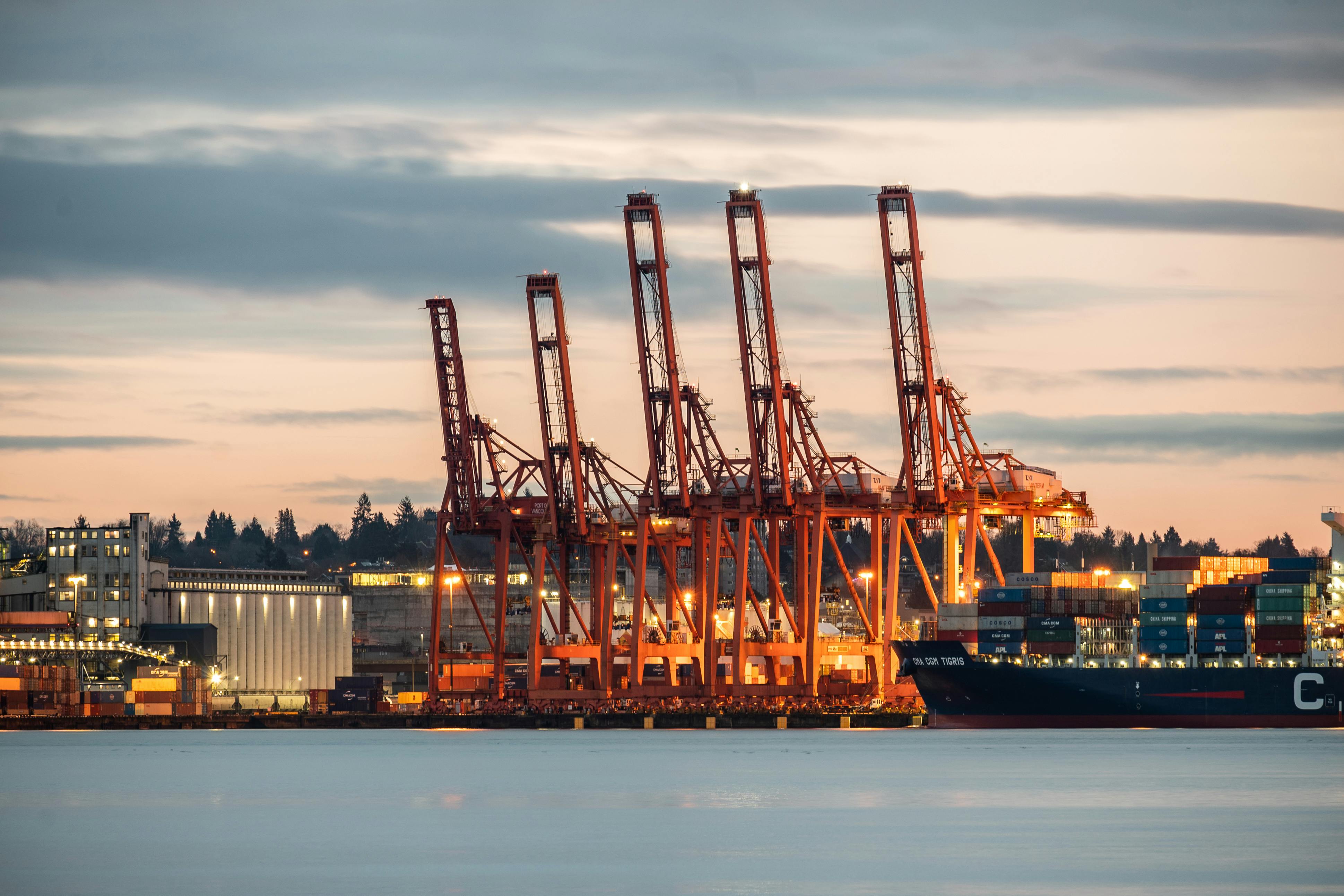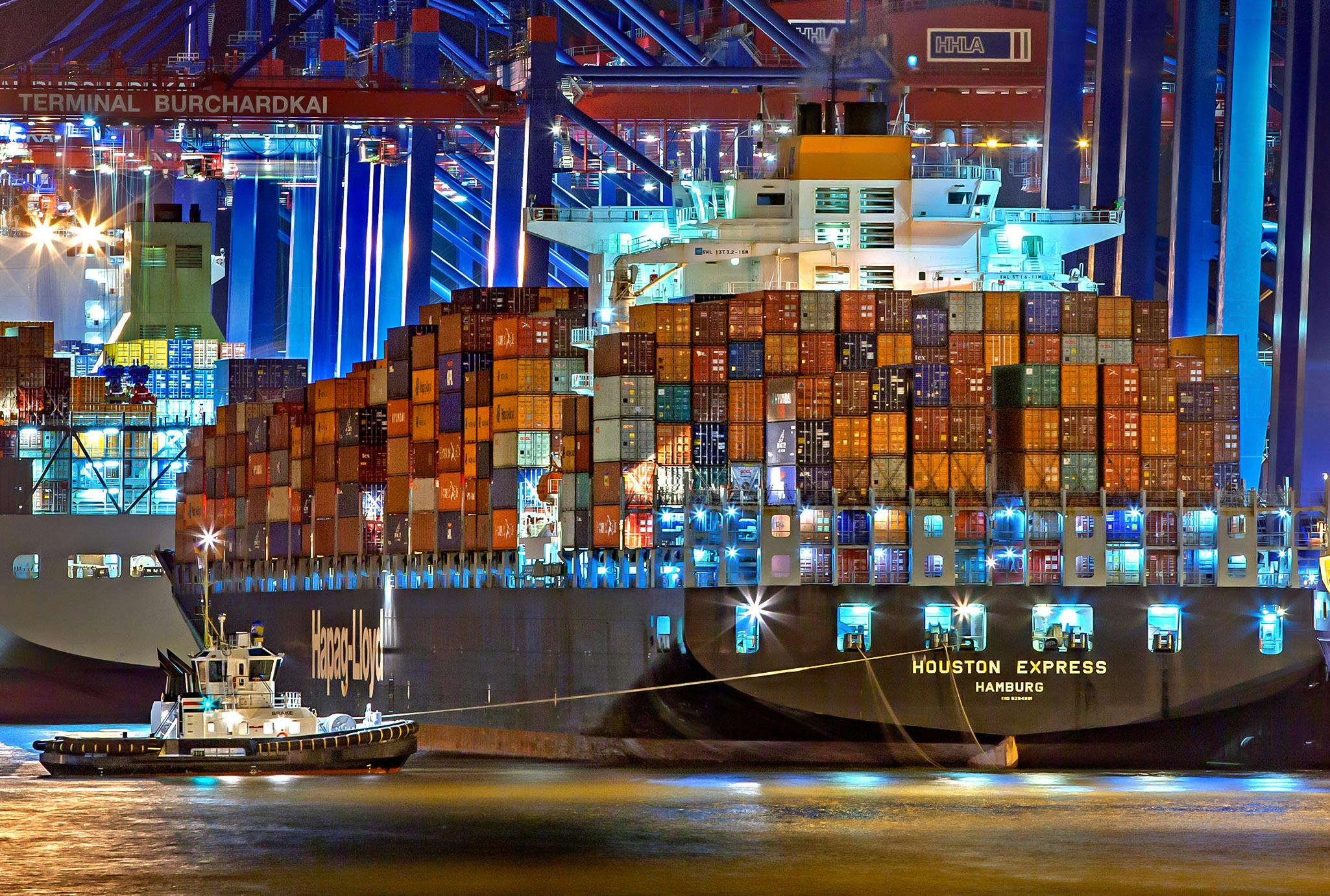Navigating Freight Delays: Strategies for Resilience and Customer Satisfaction
Navigating Supply Chain Uncertainty with Creativity and Confidence

March 18, 2025
In the complex world of global logistics, freight delays are not just potential obstacles—they are inevitable challenges that test the mettle of businesses and their commitment to customer service. Supply chains are intricate networks spanning continents, time zones, and countless variables, making disruptions a matter of when, not if. From unexpected holiday shutdowns to geopolitical tensions, from natural disasters to global pandemics, the factors that can interrupt the smooth flow of goods are numerous and often unpredictable.
Yet, the most successful companies don't simply react to these challenges—they anticipate, adapt, and transform potential crises into opportunities for demonstrating exceptional service. This compilation of expert insights reveals that handling freight delays is less about preventing the unexpected and more about developing a strategic, customer-centric approach to navigation and communication.
Through the lens of seasoned logistics professionals, we'll explore proven strategies that go beyond traditional problem-solving. These are not just tactical responses, but holistic approaches that can turn potential customer frustration into lasting loyalty. Whether you're a small startup or a global enterprise, the principles remain the same: proactive communication, creative problem-solving, and an unwavering commitment to meeting customer needs.
Use Communication to turn a Crisis into Customer Loyalty
One of the most challenging freight delays I've had to resolve was actually just after founding Cubic. We were still establishing our processes and reputation when a major disruption occurred during the Lunar New Year in 2019.
We had several customers with shipments scheduled to depart from various Chinese ports right before the holiday. As is common, many factories closed earlier than announced, and several carriers blanked sailings without much notice. One particularly urgent shipment contained critical retail inventory for a customer's store opening.
Without established relationships to fall back on, we had to get creative. First, we quickly identified an alternative routing through Korea that could accommodate the shipment, though at a higher cost. Then, we negotiated with the origin warehouse to extend storage at minimal cost while we secured this new routing.
The most valuable action we took, however, was completely transparent communication with the customer. We provided daily updates, clearly explaining the situation, the options, the cost implications of each, and our recommended course of action. We even shared screenshots of our communication with carriers to demonstrate that we were being proactive rather than reactive.
Although the shipment arrived a week later than originally planned, the customer was able to make necessary adjustments, and they actually became one of our most loyal clients because of how we handled the situation.
This experience taught me several key lessons about handling freight delays:
Always have backup routing options identified for critical shipments, especially during high-risk periods like holidays
Transparent communication builds trust, even when the news isn't good
Document everything – having a clear paper trail of your efforts not only protects you but shows customers you're being thorough
What's interesting is that this challenging situation actually helped shape Cubic's operational philosophy around proactive communication and transparency, which remains a cornerstone of our approach today.
Omri Katz, Co-Founder and COO, gocubic.io
Deliver Products Directly to Customers
Over the years, our 3PL fulfillment company has had this happen during some critical times for clients. On one occasion, the product was not ready for shipment until Friday, the day before a Saturday charity event that the products needed to be at. The cost (and timing risk) to get it from Los Angeles to Las Vegas in time using an overnight shipping method was too great. So, the owners packed up their car and delivered the product directly to the customer in Las Vegas on Friday night.
Another situation had a similar event deadline where a lot of product that had come in needed to get turned around and delivered a few hours away. It was too late for any type of overnight shipment and thus we utilized a courier service whose building was in the same industrial park and had them do a quick pickup and delivery of the products to the customer.
Another situation on an international shipment had a shipment stuck in customs. Working with our FedEx representative, they were able to reach counterparts in the destination country, get them connected to the U.S. commerce representatives in that country and get paperwork cleared up for the shipment to be released and get to the customer in time for their deadline.
Thus, the overall advice is to assume there is always a way to make it happen—it just sometimes means thinking outside the box for the solution.
Paul Shrater, Founder - Ecommerce / 3PL / Manufacturing / Marketing, PaulShrater.com
Reroute Vehicles to Minimize Impact
In my experience working at Tesla in delivery operations, we often faced the challenge of delayed shipments of vehicles on cargo freight haulers, especially during the high-pressure end-of-quarter vehicle deliveries. One particular situation that stands out involved a shipment that was delayed because of weather disruptions at the port, causing a ripple effect on our carefully planned delivery schedule. To handle the situation, I immediately communicated with the freight hauler to understand the exact cause and expected delay. I worked with the logistics team to reroute vehicles from other ports to minimize the impact and coordinated with our customer service team to inform affected customers proactively.
The key to resolving this efficiently was transparent communication with all parties involved: customers, freight partners, and internal teams. We also developed a contingency plan for future delays, creating buffer zones in our delivery schedules to account for unforeseen disruptions. My advice to anyone facing similar challenges would be to maintain open lines of communication, plan for the unexpected, and stay agile. It's all about managing expectations and finding quick solutions without losing sight of the bigger picture.
Inge Von Aulock, Chief Wealth Builder, Invested Mom
Conclusion
The art of managing freight delays is far more than a technical exercise—it's a profound test of a company's values, adaptability, and customer commitment. As these expert stories demonstrate, the most effective solutions often emerge from a combination of strategic thinking, technological resourcefulness, and genuine human connection.
The key takeaways are clear: Anticipate potential disruptions, maintain transparent and frequent communication, develop flexible routing and delivery alternatives, and always prioritize the customer's needs and expectations. In an increasingly complex global marketplace, these skills are not just nice-to-have—they are essential differentiators that can transform a potential service failure into a powerful demonstration of organizational resilience.
Technology and relationships will continue to evolve, but the fundamental principles remain constant. Success in logistics is about more than moving goods from point A to point B—it's about building trust, managing expectations, and consistently delivering solutions that exceed customer expectations. Every delay is an opportunity to showcase your company's true character and commitment.
In the end, the most successful logistics professionals are not those who never face challenges, but those who turn those challenges into moments of exceptional service and unexpected delight.








